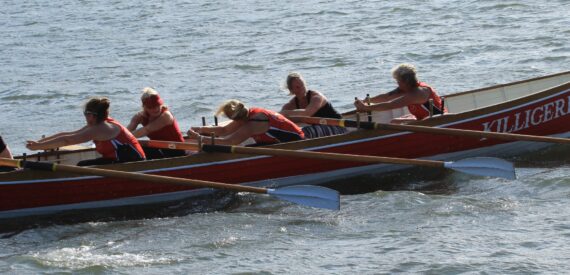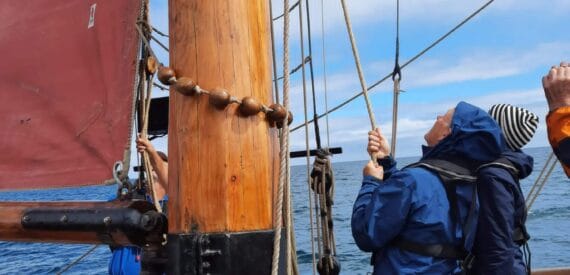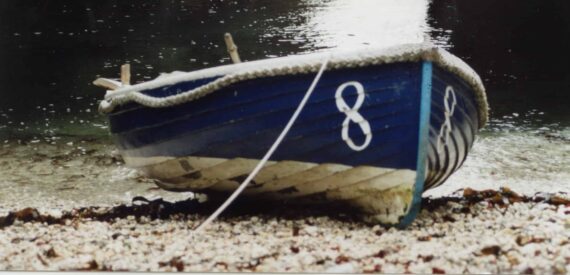Roughly two thirds of the worlds oceans are classed as the “High Seas” – areas of open water not governed by a single country. These High Seas areas contain and support large numbers of fish stocks, oceanic plankton, cetaceans and seabirds. They also produce huge amounts of the oxygen we breath and absorb a large percentage of the CO2 we produce. In short – the High Seas are areas of extreme importance and obviously should be treated as such. Protected. Conserved.
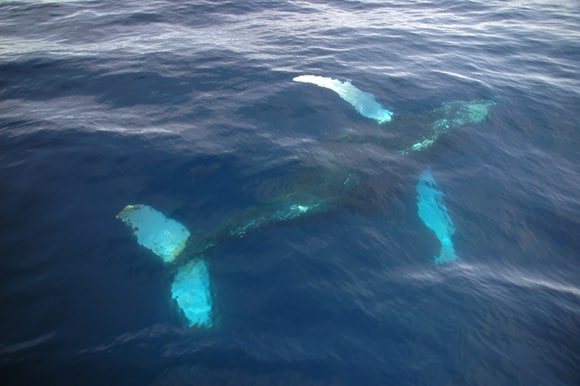
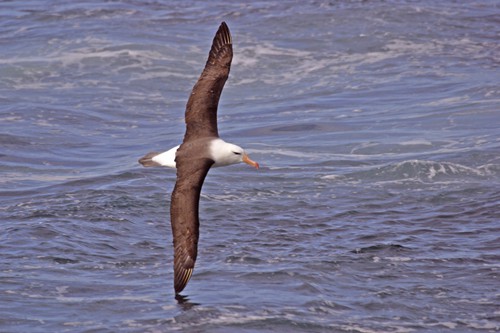
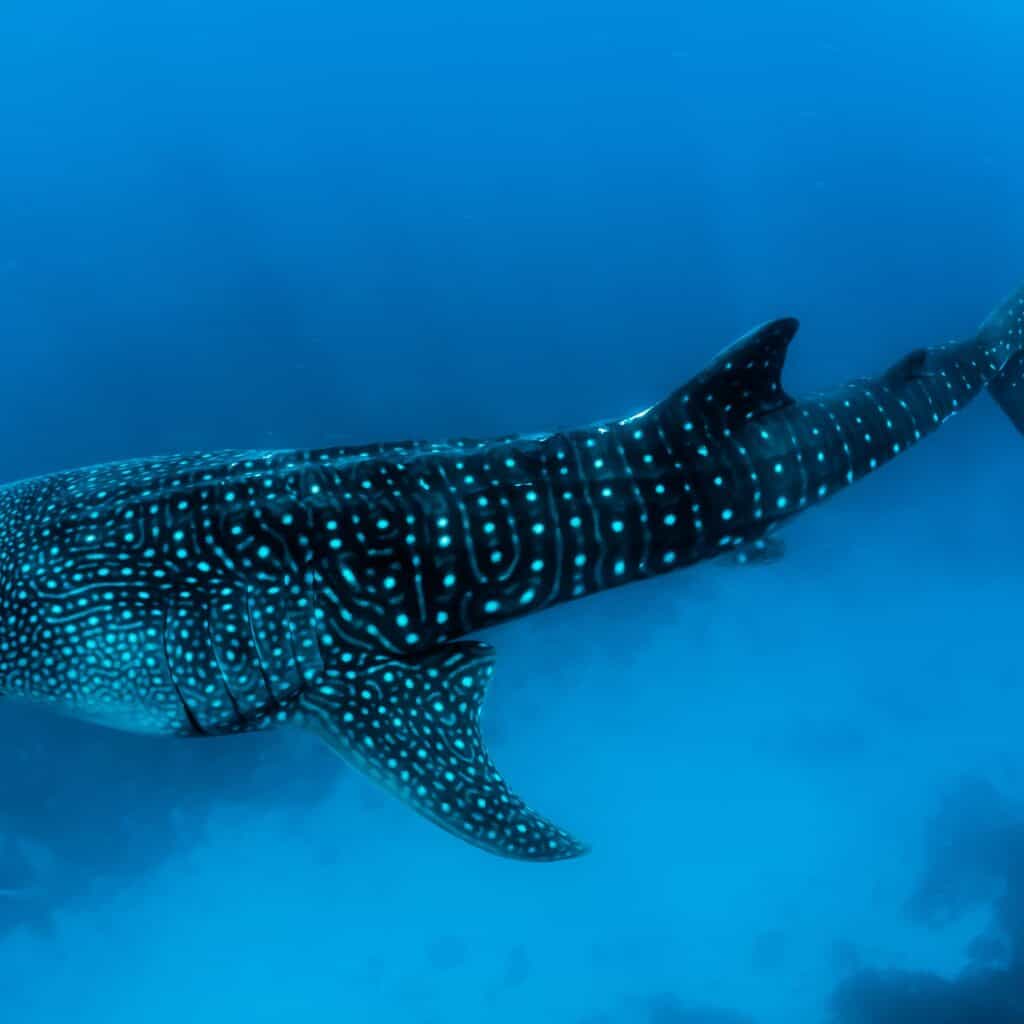
However until now, these areas have been vulnerable to over-fishing, pollution and resource exploitation – with very little consequence as no one country takes responsibility for them. As the global need for food and new sources of energy increases, the High Seas – and plants and creatures that call it home – become increasingly at risk of abuse and the current legal protection in place is out of date, ineffective and not globally recognised.
In 2004 the United Nations (UN) recognised the need to protect the High Seas. They set up a working group to research the resources within the High Seas and to study the issues related to their conservation. Almost 20 years later On 4th March 2023 the ‘High Seas Treaty’ was finally agreed by all UN members.
Some of the key points of the Treaty include:
30 x 30
An agreement that sets targets to protect 30% of the Ocean by 2030. This was first announced at COP 15 in 2022, but will now be strengthened with the help of this treaty.
Marine Protected Areas (MPA’s)
Research found that MPA’s are overwhelmingly one of the most effective ways for conserving the oceans and the resources in it. The treaty provides the legal framework necessary to set up MPA’s.
Conference of the Parties (COP)
The COP will ensure accountability on issues like biodiversity and resource exploitation.
Environmental Impact Assessments (EIA’s)
EIA will assess pollution or any potential effects on the marine environment by potentially destructive activities. The Treaty requires EIA’s to be carried out for activities such as deep sea mining in the High Seas.
Before the treaty can come into force, UN Member countries will need to meet again to formally adopt the treaty, only coming into force once 60 countries have signed and passed legal legislation in their own countries. So while we’re not quite there yet, we are certainly one step closer to a protected Ocean.

